Winners of 2013 Architecture of Necessity Triennial
By Bustler Editors|
Monday, Jul 8, 2013
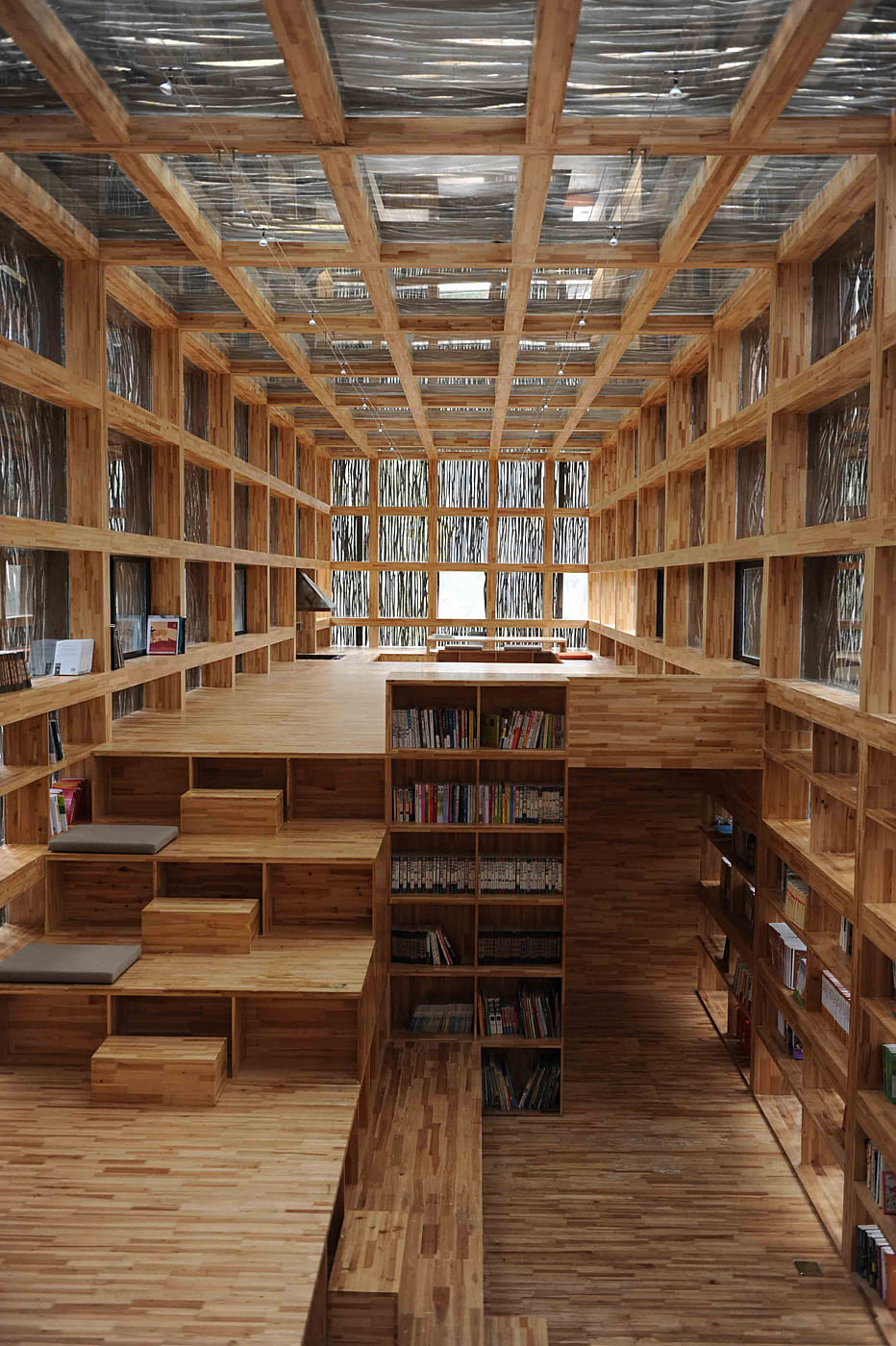
Related
Swedish Virserum Art Museum has announced the 2013 winners of Architecture of Necessity, the triennial for sustainable community building. Over the recent years, the manifesto, written in protest of a lack of ambition for sustainable community building, has developed into both an exhibition and an international triennial for sustainable community building.
Architecture of Necessity is part of WOOD 2013, the fourth installment of Northern Europe's biggest exhibition on wood and sustainability.
Virserum Art Museum Director Henrik Teleman is more than pleased: "It's amazing! Virserum is not a big community. But still hundreds of architectural bureaus submit examples of sustainable community building to us. We have media partners across the globe. I'm especially pleased that more and more are considering the social and economic sustainability. If mankind is to stand a chance, the issues of sustainability must be pursued hard."
The theme for WOOD SUMMIT SMÅLAND was quite rightly the "Architecture of System Change". Entries for the Architecture of Necessity came from 35 countries. 98 projects will be exhibited at Virserum Art Museum until December 8th.
Claes Caldenby was chair of the jury and is a co-author of the manifesto: "The jury has given a certain priority to built projects, considering the well-known "implementation deficit" in sustainable building. The jury would also have liked to see more contributions on upgrading of housing estates from the 1960s and 1970s around the world, a highly pressing issue in the near future. Projects which propose sharing of resources in the form of co-housing would also have been welcome."
Other members of the jury include Mohammed El Sioufi (Kenya), Katarina Pelin (Sweden), Sadie Morgan (UK) and Andreas Gjertsen/Yashar Hanstad (Norway). All exhibited projects will be presented in a book written in both Swedish and English.
Due to the great variety of the contributions and in many cases their high quality, the jury has decided to award four prizes, representing different conditions and categories. The winners of the 2013 triennial for an Architecture of Necessity are:
Liyan Library by Li Xiaodong, Tsinghua University, China
Jury statement: "For its beautiful use of a local material, together with modern recyclable ones, and for its meditative interpretation of the site. The small library in a village near Beijing uses the nearby water for simple cooling and the public is invited to contribute to the book collection."


Christchurch recovery plan by Gehl Architects, Denmark
Jury statement: "For its plan for rebuilding the New Zealand town after the 2011 earthquake. It retains the existing city grid while limiting building heights, reducing car traffic and making the city greener, all based on a “social fabric fortified by catastrophe” and a diligent community engagement program thus rebuilding the urban fabric and the community."
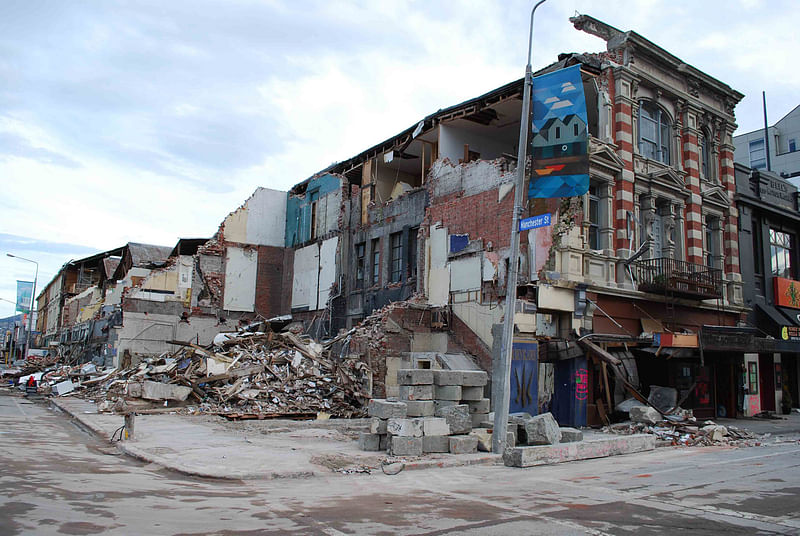

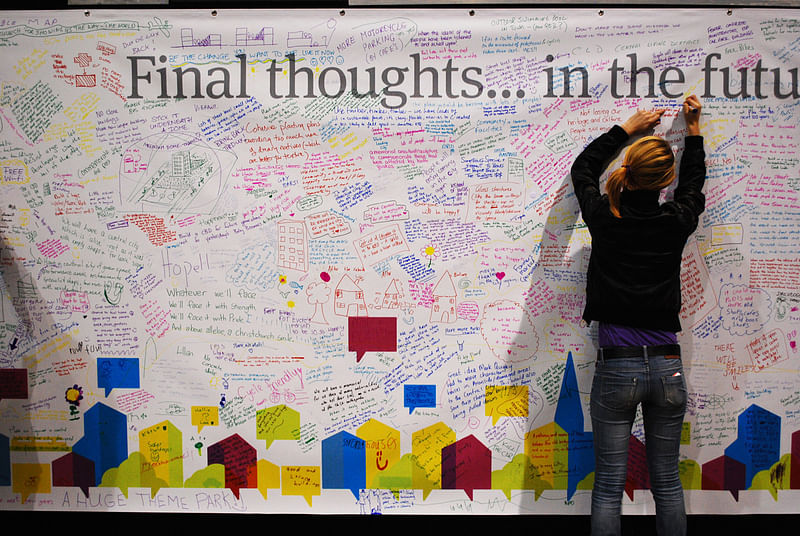
Locally manufactured school in Pakistan by Roswag Architekten, Germany
Jury statement: "For its ingenious use and development of local materials, cooling cob and fast-growing bamboo, as well as proactive training of local artisans and job creation. The resulting school for girls has a pleasant climate both summer and winter and a resilience strategy for facing earthquake risks."

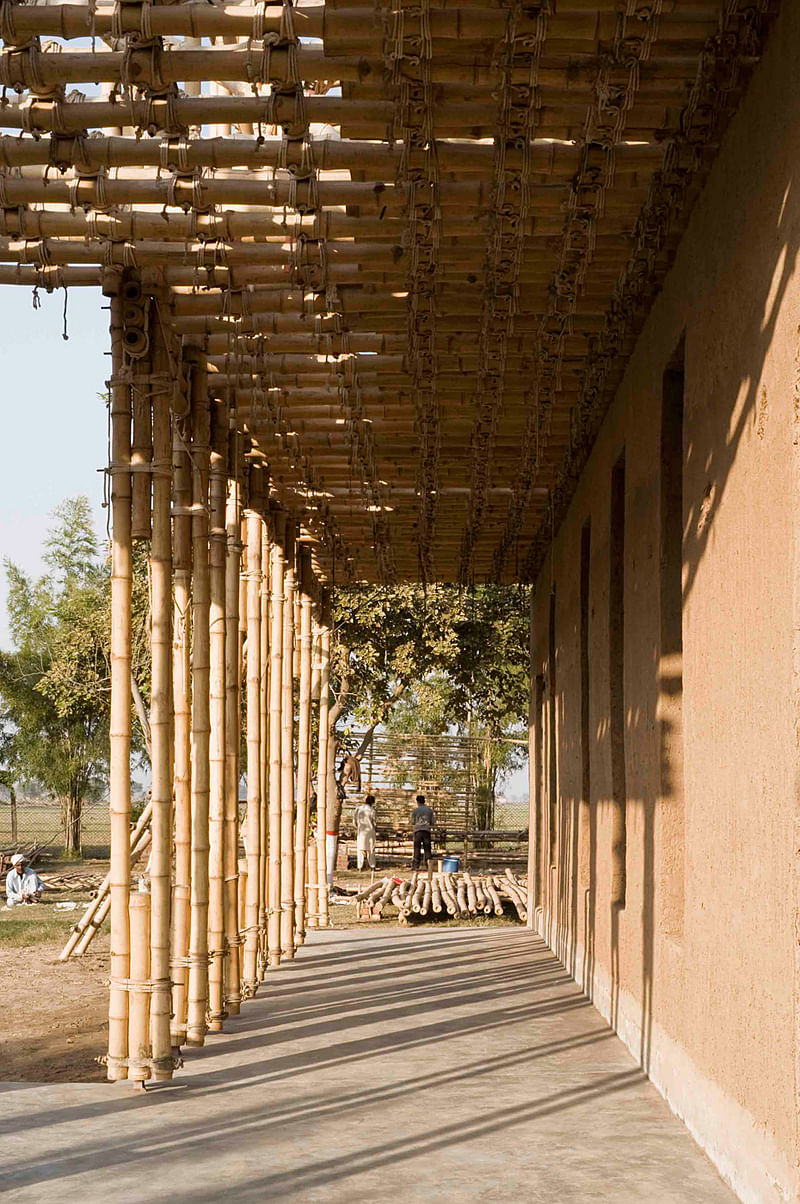

Angel Lane by Fletcher Priest Architects, United Kingdom
Jury statement: "For its sensitive development of a site on the river Thames in central London, increasing public space while building a new HQ for Nomura. The building reuses parts of existing structures and is classified as carbon neutral. It also has a kitchen garden, including beehives, introducing urban agriculture in the center of the city and making a distinct environmental statement."


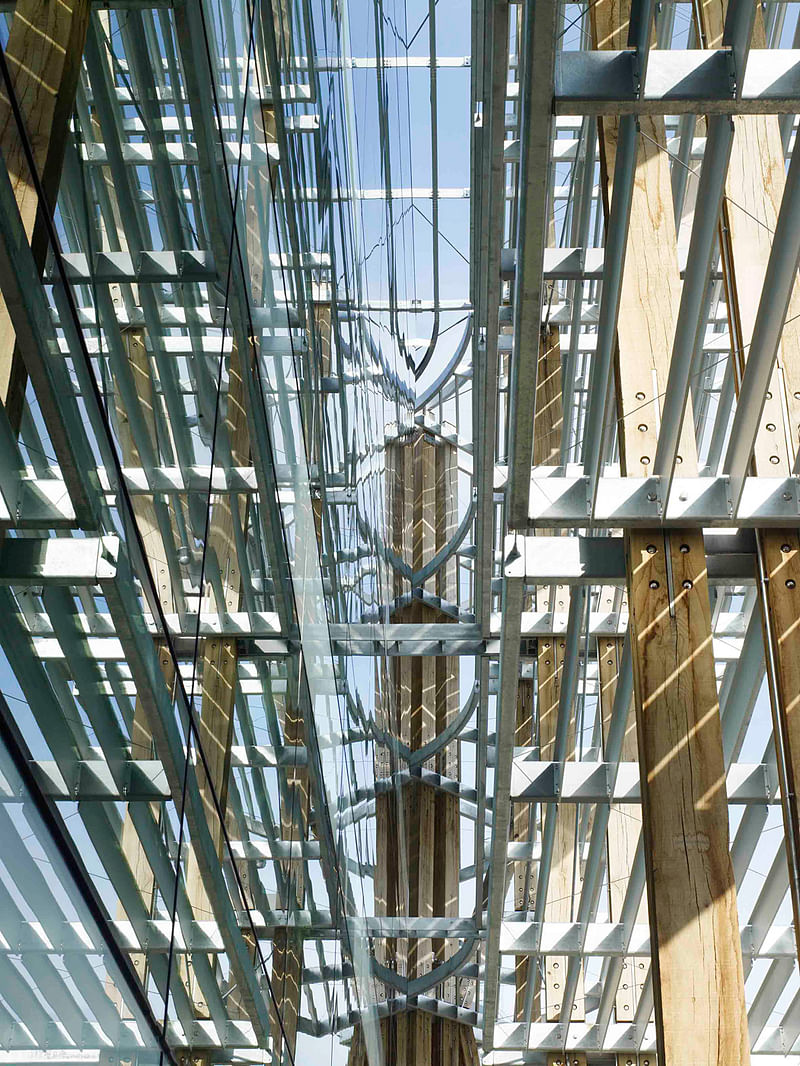
Besides the four winners, the jury also commended the following contributions for interesting concepts in different fields of sustainable architecture and planning:
For their contributions to slum upgrading in the developing world:
- The Big Necessity by Anna Sundman, Sweden. "For its prototype eco-toilet built in Fiji, solving multiple challenges and combining local customs and materials with modern techniques."
- Model of slum upgrading in Kibera, Kenya by Kounkuey Design Initiative, USA. "For its network of micro-interventions enhancing public space through participatory design processes."
- Solar kiosks in Ethiopia and Kenya by GRAFT Gesellschaft von Architekten, Germany. "For its bottom-up infrastructure planning, giving access to telecommunication and electricity in off-grid areas."
For their examples of technological developments:
- Innovative timber housing for rural Wales by Rob Thomas, Welsh School of Architecture. "For its development of a new construction system of wooden houses using fast-growing, second rate Sitka spruce."
- Artis HQ in Berlin by Roswag Architekten, Germany. "For its consequent use of passive strategies and best practices to create a small industry building far better than contemporary requirements."
For their contributions to planning issues:
- Bishang Ang Park in Singapore by Atelier Dreiseitl, Germany. "For its transformation of a concrete channel into an attractive park for community integration, giving both water supply and flood protection as well as recreational space in a dense city."
- Växjö plan by Växjö Municipality, Sweden. "For its diligent use of public discussion of the sustainable development of a middle-sized town and for its creative implementation of new uses of a local material, wood."

Share
0 Comments
Comment as :